Mythologýcal basis of the ideology of “Great Armenia”
In this article was researched mythological basis of the ideology of “Great Armenia” including itself the doctrine of “Hai-Takht” (the national struggle of Armenians).
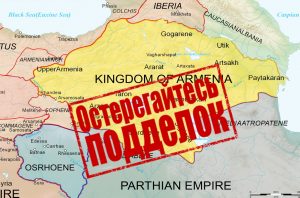
In this article was researched mythological basis of the ideology of “Great Armenia” including itself the doctrine of “Hai-Takht” (the national struggle of Armenians).
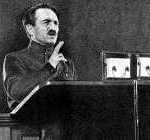
…Armenian chauvinists, with the help of the allied imperialist forces and the extreme reactionary Gen Denikin, still cherish an illusion that has become a criminal idea of creating a “Great Armenia” in its historical areas from the Black Sea to the Mediterranean made up of seven provinces.
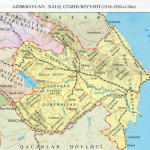
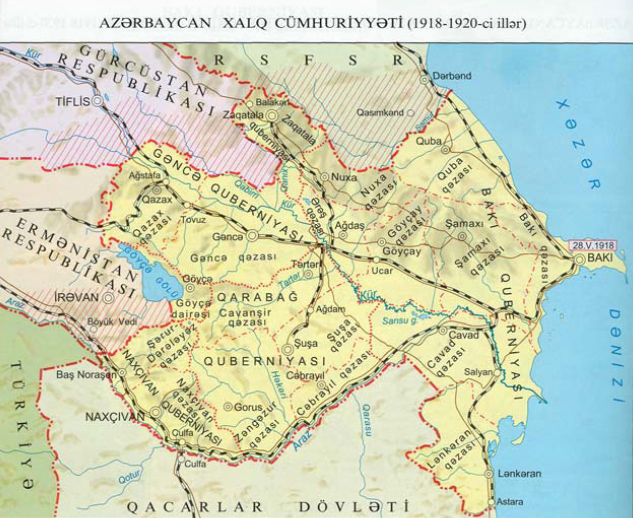
Despite the fact that the South Caucasus Sejm, which was established in Tbilisi on 23 February 1918 as the supreme authority of the region, was considering itself a part of Russia, it did not want to accept the Bolshevik leadership, and therefore refused to adhere to certain articles of the Brest-Litovsk Peace Treaty concerning the Caucasus, which was signed by Soviet Russia.
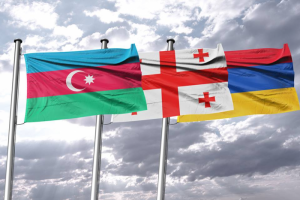
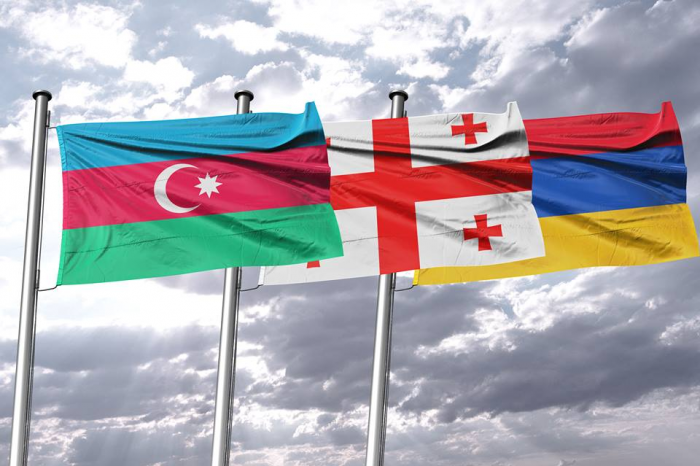
Russia’s war to invade the Caucasus in the early 19th century concluded with signing of Gulistan (1813) and Turkmenchay (1828) Treaties. Azerbaijani territories were divided into two parts.
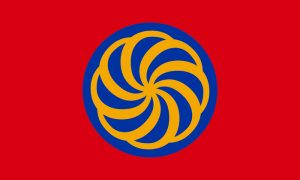
As history has shown, Armenians served to the dictators’ purposes committing various kinds of crimes. For instance, Dashnaks perpetrated crimes in the collaboration with Nazi Germany during World War II. Besides, Armenians had been closely cooperating with Benito Mussolini, fascist dictator of Italy.
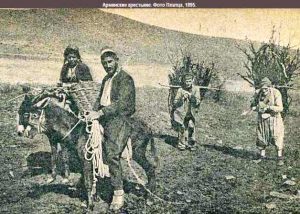
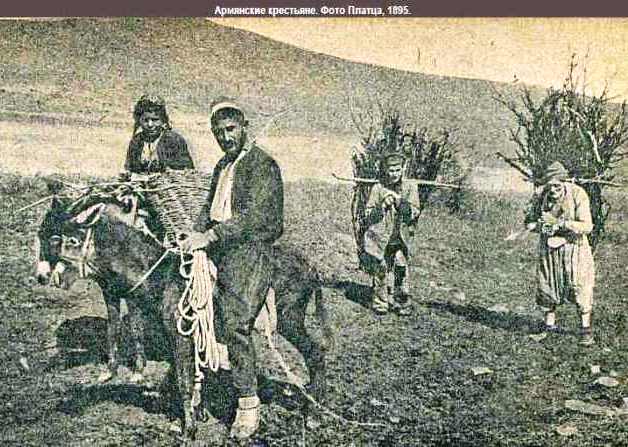
There are countries which took their names from the people living on the land. There are also countries which took their names from their geographic locations or from their administrative divisions.